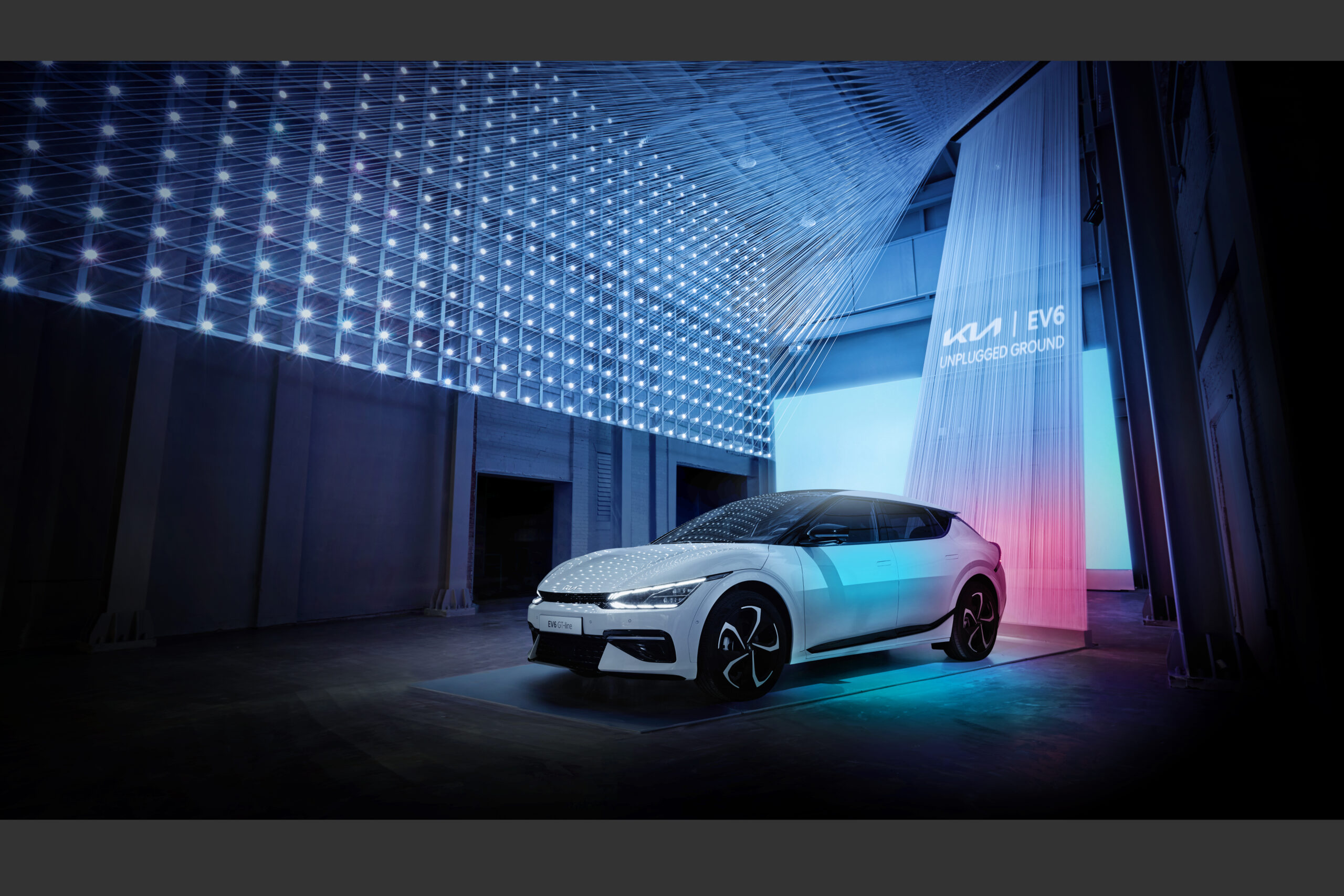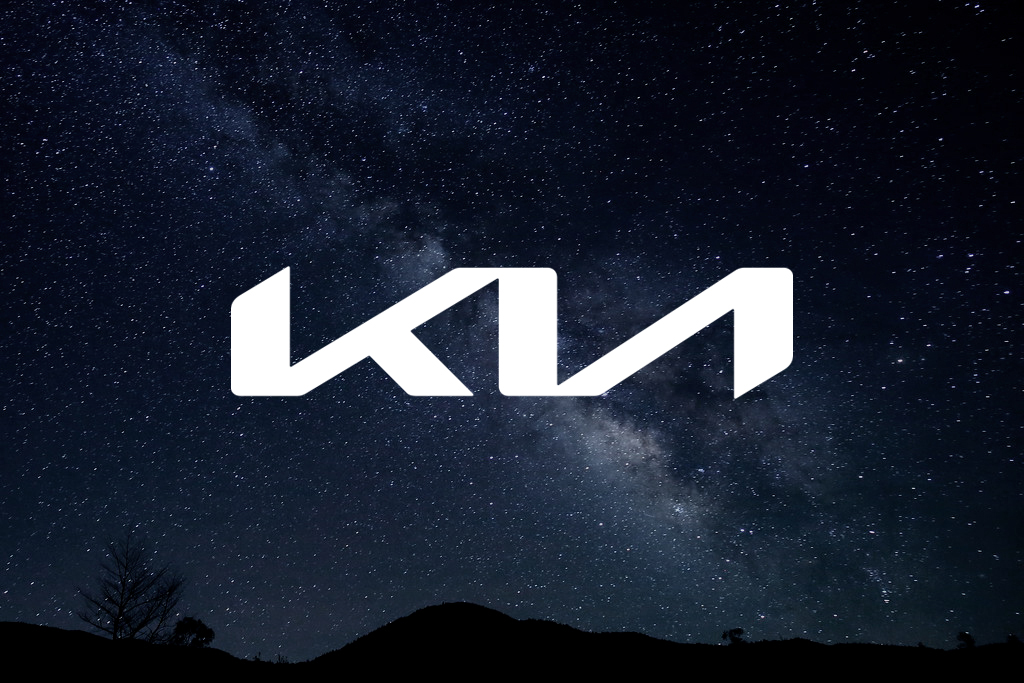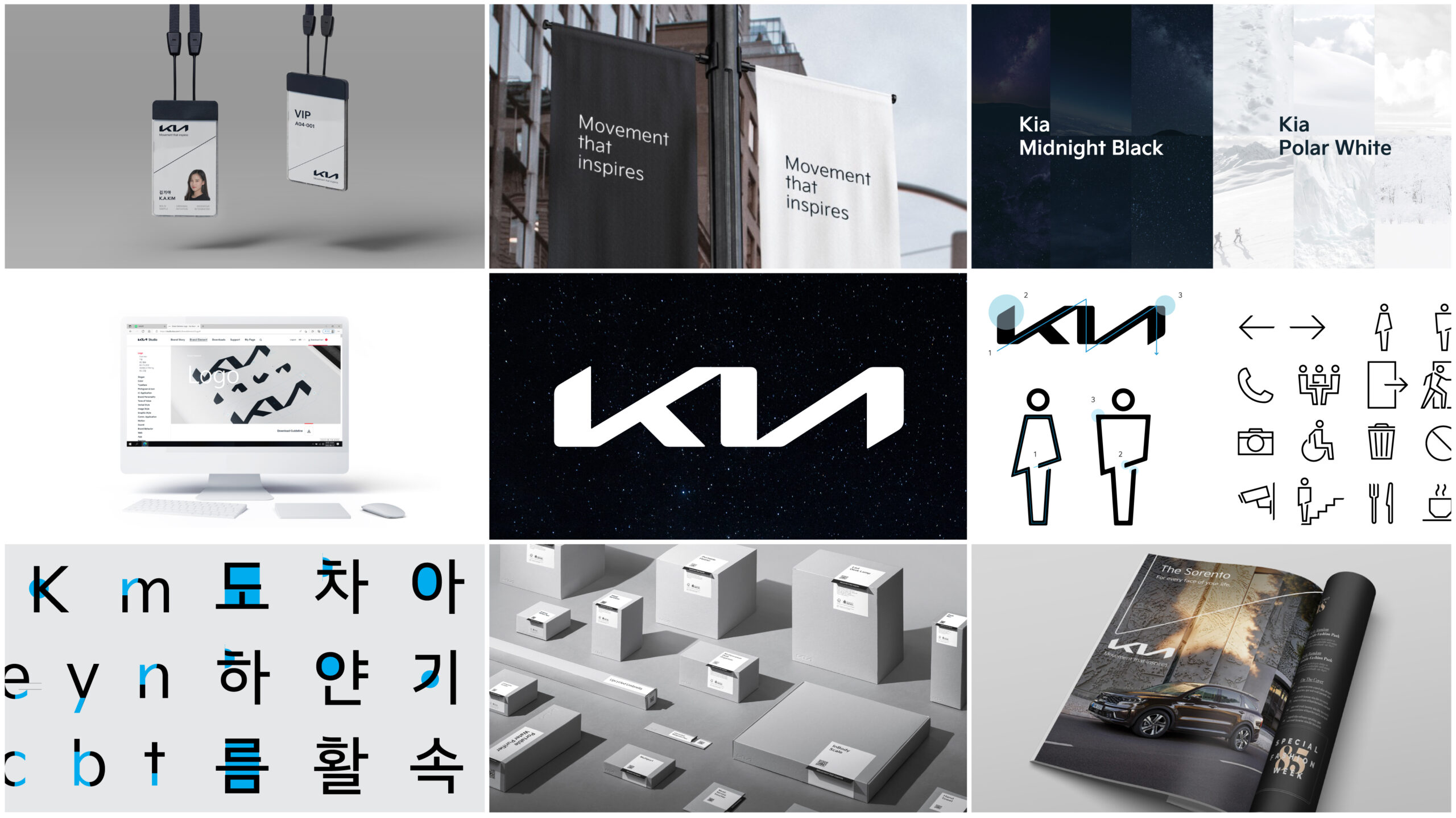Q&A
Artur Martins, Chief Brand and Experience Officer, Kia
Artur Martins, Chief Brand and Experience Officer, Kia
In a way, great companies’ businesses have always been the manifestation of their brands. Companies like Nike, Coca-Cola, Disney, and Apple, but more recent examples like Patagonia or Amazon, have consistently delivered their brand ethos in their business through their products, communication, and experiences.
We see less brand-driven companies trying to replicate this model. However, many of those are still struggling to get the proper alignment between all the brand elements, mainly because they were not built with this concept in the first place or they have lost it over time. There is a reverse engineering process that is not easy to get right due to existing organization culture, mindset, and internal procedures.
With the shift from product to service/solutions, brand and consumer centricity are also becoming the key pillar of our future strategy.
In a moment where consumers have complete visibility of companies’ values, how they perform their business, how they build their products, and also how much they care for their employees, it is critical to secure a precise alignment between the purpose of the brand, and the business it performs, to keep brand its relevancy in the market and to build a sustainable business for the future.

We believe that companies and brands have a fundamental responsibility to go beyond sales and financial targets and should be more active in advocating and contributing positively to critical global issues like the environment, resources management, and people.
In the past, economic growth would come at the expense of the previously mentioned elements, but this cannot be the case any longer, as consumers demand more from companies and brands.
Together with our new vision of becoming a sustainable mobility solution provider, which we announced at the beginning of this year, we have revealed a triple-bottom-line approach to business, focusing on People, Planet, and Profit.
We have set demanding targets for each of those elements.
For the People, we aim to build an inspiring culture in our organization for all employees, one that rewards collaboration, agility, and creative thinking, enabling us to become a more customer-centric organization.
For Planet, we have set demanding targets covering all the elements of the business. We aim for 100% electrification on the core four markets by 2040 and to achieve carbon neutrality by 2045.
In terms of Profit, we will focus on expanding the EV lineup, creating an integrated mobility ecosystem, and expanding the B2B business with the development of PBVs, (purposed build vehicles), focusing as a first step in mobility and logistics.

Amid crisis, businesses tend to get much more short-term oriented, avoiding long-term initiatives and investments, so I think that we might see a similar trend in the next 12-18 months.
Nevertheless, history and data show us that during times of uncertainty, like the covid 19 crisis, brands that have consistently invested in their brand-building processes and long-term strategies have been able to mitigate the impact of the crisis and increase their brand value further.
Strong brands are not only more resilient and less volatile during a crisis, but they can capture more business value during tough times. Strong brands bring more and better business for the organization, and crises are an opportunity to reinforce brand equity by reinforcing the commitment to the purpose and consumers.
Our industry is being reinvented as we speak, and we are looking into these developments in our industry as a massive opportunity for our brand.

The automotive industry has been facing a disruptive trend for some years now. From electrification, mobility, connectivity, and autonomous driving, all these elements have opened the market to new competitors that try to capitalize and position themselves in one or several of those areas.
We see the big software players trying to capitalize on the car as a device (with the same principles applied to mobile phones) and looking into opportunities to maximize revenue in a full-autonomous driving world.
Other software companies are entering the hardware space, or new startups are looking to build mobility ecosystems as integrators or solutions providers.
Our industry is being reinvented as we speak, and we are looking into these developments in our industry as a massive opportunity for our brand.
With our early commitment to electrification and diversified group investments in software, connectivity, robotics, and autonomous driving, we are in a privileged position in the market to leverage this opportunity to revitalize our brand and position ourselves as a leading company in the industry.
At the beginning of this year, we announced our vision of becoming a mobility solution provider and all the fundamental enablers that will be part of our strategy to materialize this vision.

Our CEO has set the direction for Kia to become a brand-driven and customer-centric organization.
To put the brand and customers at the forefront of all the decisions we make for the business is an extremely bold move, mainly when we consider that we operate in a very conservative industry, traditionally driven by engineering, sales, or financing.
The belief and endorsement of our CEO on the brand direction have helped us to define clear roadmaps on the key brand elements for the future, such as the business direction, product portfolio, technology roadmap, customer experience, etc.
We relaunched the Kia brand last year, 2021, after redefining our brand purpose and all the elements of the brand system, like a new logo, brand claim, corporate identity, space identity, communication strategy, etc.
Since then, we have been internalizing the new brand across different functions and regions, securing that both the organization’s belief system, the operational model, and internal processes support and enable bringing the new brand to life across the organization and on everything that we do.
It is critical to secure a deep understanding and alignment from all the organization members on what we want to be recognized as a brand and what we are trying to achieve as a business.
This is a necessary transformation process that we believe will reshape and prepare the Kia brand for the future, allowing us to fulfil our corporate vision of becoming a sustainable mobility solutions provider.